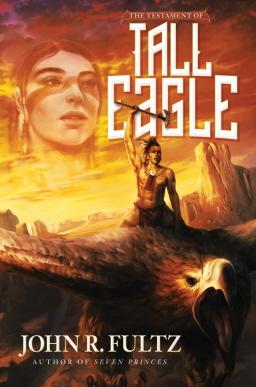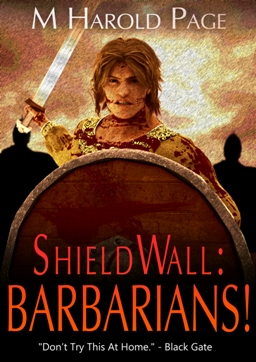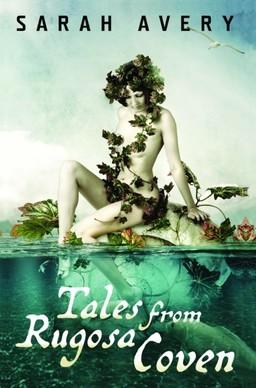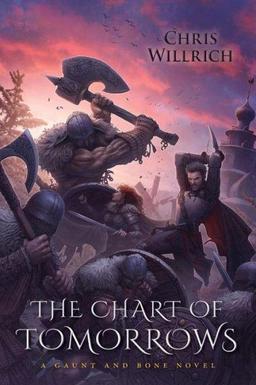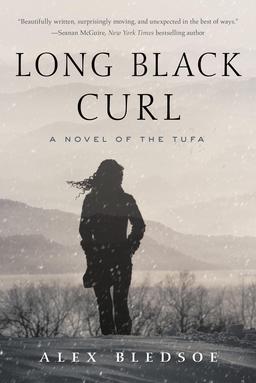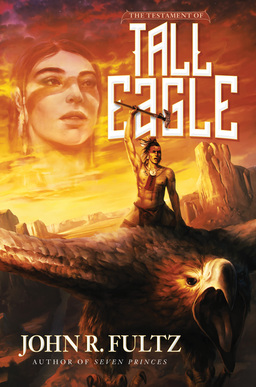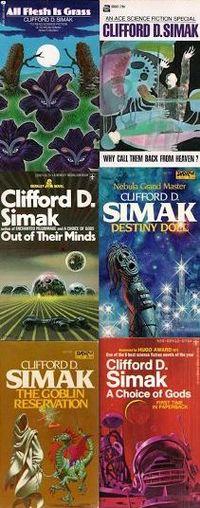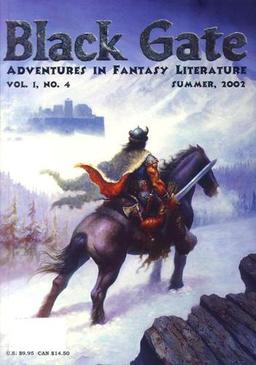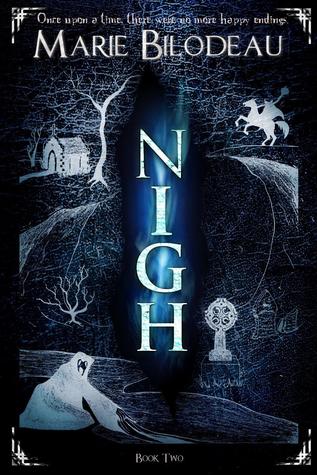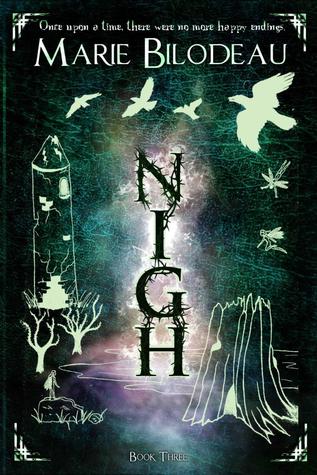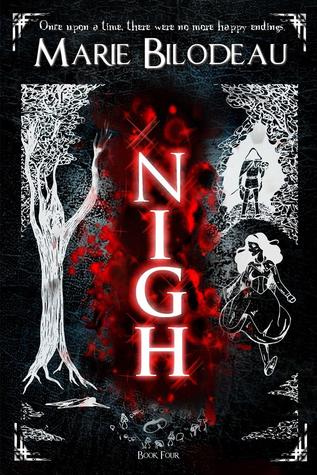Future Treasures: Dead Man’s Reach by D. B. Jackson
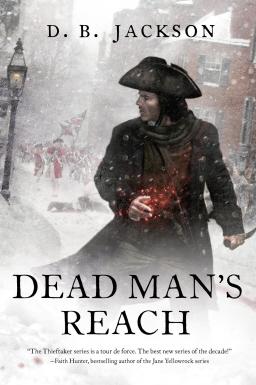 Black Gate readers may remember we published a popular short story by David B. Coe, “Night of Two Moons,” in Black Gate 4. In a fascinating article written for us last year, The Life and Times of a Midlist Author, David B. Coe wrote:
Black Gate readers may remember we published a popular short story by David B. Coe, “Night of Two Moons,” in Black Gate 4. In a fascinating article written for us last year, The Life and Times of a Midlist Author, David B. Coe wrote:
Writing now as D. B. Jackson, I am the author of The Thieftaker Chronicles, a historical urban fantasy series set in pre-Revolutionary Boston. The first two books, Thieftaker (Tor Books, 2012) and Thieves’ Quarry (Tor Books, 2013), have been received very well critically and did well enough commercially that Tor bought two more books from me. The first of these, the third in the series, is called A Plunder of Souls and it drops on July 8, 2014. (Please buy it. In fact, feel free to buy a few copies; they make great gifts and come in an attractive package complete with artwork by Chris McGrath. We now return to our regularly scheduled blog post…)
The fourth Thieftaker novel, Dead Man’s Reach, will be out next summer.
In addition, David (as D.B. Jackson) interviewed his main character Ethan Kaille, the Thieftaker, in a funny and very insightful post for us in July of 2013.
The fourth novel that David mentioned in his article last year, the highly anticipated Dead Man’s Reach, is finally due from Tor Books next month. It is a stand alone story, and can be enjoyed separately from the others in the series.
